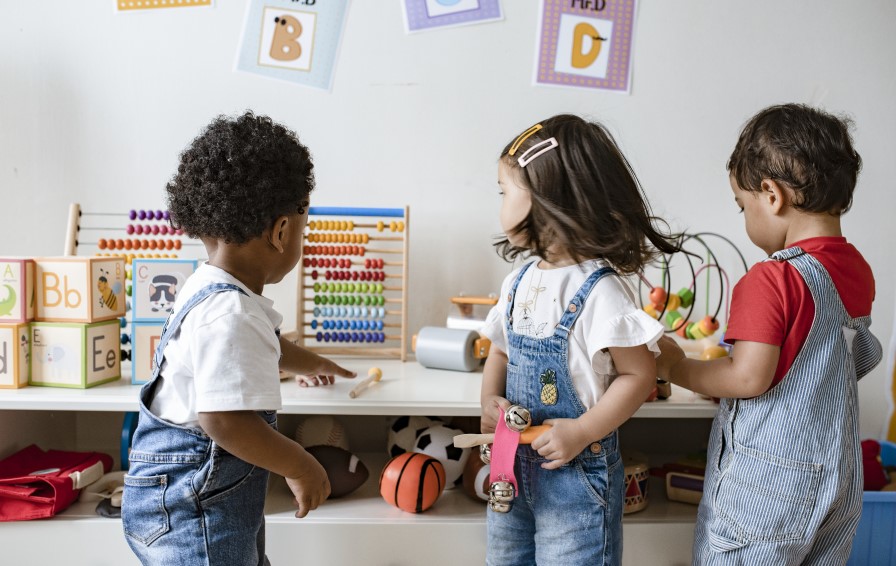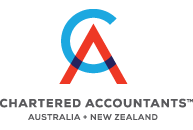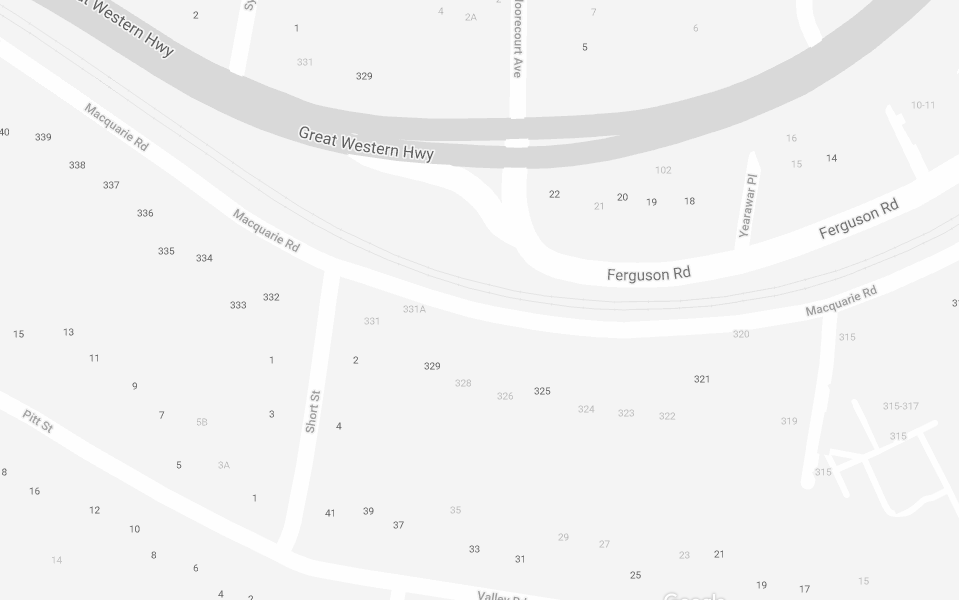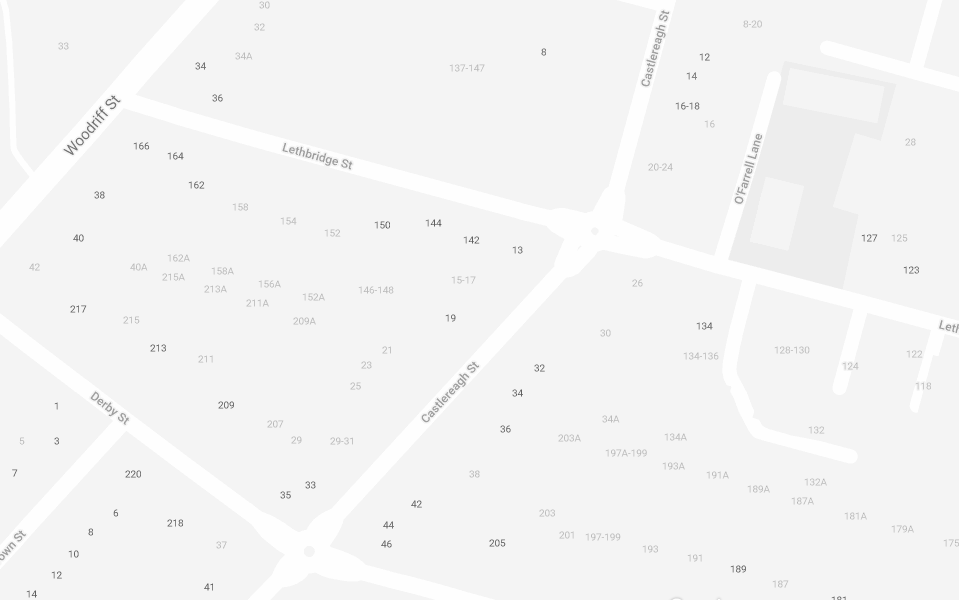
Potential changes to the childcare subsidy?
In its Budget reply speech, Labor has earmarked changes to the childcare subsidy should it win the next election which could occur as early as late 2021. As a part of its plan to get the economy back on track and women working more hours, Labor has proposed the removal of the annual cap of $10,560 (per child) on the childcare subsidy from 1 July 2022 and an increase in the maximum childcare subsidy to 90% from 85%. It will also investigate the feasibility of moving to a 90% subsidy for childcare “for every Australian family”.
In the aftermath of Budget 2020, the Labor leader has been given a customary opportunity to outline his party’s vision for Australia in its Budget reply speech. While it doesn’t contain any specific tax measures, the general areas of childcare, training, energy, and housing targeted in the speech may indicate the policy that the party will take to the next election, which could occur as early as late 2021.
The one proposal that has rightly been given the most attention by media as it contains a definite start date is the childcare measure. Currently, under the childcare subsidy, families that earn up to $69,390 get up to 85% of the hourly fee (or hourly rate cap) as a subsidy for up to 100 hours of subsidised care per fortnight. The hourly fee or hourly rate cap is set by the government and is currently at $12.20 per hour for centre-based long daycare.
Those families that earn between $174,390 and below $253,680 get 50% of the hourly fee (or hourly rate cap) with the percentage of subsidy decreasing by 1% for every $3,000 earned. The subsidy decreases to 20% for families that earn between $343,680 and below $353,680, and becomes 0% for those families that earn $353,680 or more. However, there are a few quirks in the current system that mean that families may get less of a subsidy depending on how much their long daycare centre actually charges.
For example, based on the government’s hourly cap of $12.20 per hour, a 10-hour day at long daycare works out to be $122. Centres based in popular areas of Sydney routinely charge between $170 to $200 per day depending on the age of the children. Which means that even if your family fall into the income bracket that allows you to get a 50% subsidy, your family will only receive $61 (50% of $122), which works out to be between 30% to 35% of actual out of pocket costs.
This amount may be even lower in certain circumstances as Centrelink may withhold 5% of the subsidy to reduce the likelihood of families receiving an overpayment. Hence, the 50% in the example above would actually be 45% and the amount of subsidy received for each session in the above example would be $55, leading to out of pocket costs of between $115 and $145 per day, however, Centrelink will balance payments at the end of each financial year and will make payments of outstanding withheld amounts directly to your family.
Another thing for families to consider is the maximum of 100 hours of subsidised care per fortnight. With many long daycare centres offering 11-hour days (ie 7am-6pm), even if your family does not utilise the full 11-hours, you will be deemed to be using the service for 11-hours if your provider charges you a daily fee. Hence, your family may be liable for the full cost of 10 hours of care without the childcare subsidy per fortnight.
For families that earn more than $183,390, there is an extra hoop to jump through. Currently, there is a cap on the subsidy that they can receive. Meaning that each year, the government will only subsidise fees up to $10,560 per child, and families will most likely plan to maximise the subsidy without going over the cap, leading to less days in childcare for the child and less hours working for one of the parents.
According to Labor, one of its signature policies will be to remove the annual cap of $10,560 (per child) on the childcare subsidy from 1 July 2022 thereby eliminating the disincentive for parents to work more hours. It will also seek to increase the maximum childcare subsidy to 90% from 85% with a view to moving to a 90% subsidy for “every Australian family”.





